Bananas are one of the world’s most popular and widely consumed fruits. Known for their natural sweetness, nutritional benefits, and versatility, bananas are an essential staple in diets across tropical, subtropical, and even temperate regions. From breakfast tables to smoothies, desserts, and savory dishes, this humble fruit has found its way into diverse cuisines around the world.
While many countries cultivate bananas due to their adaptability and high market demand, one nation stands out as the undisputed leader in global banana production. In this article, we’ll uncover which country is famous for producing the most bananas, why it holds this title, and explore the significance of bananas in global trade and culture.
An Introduction to Bananas and Their Global Appeal
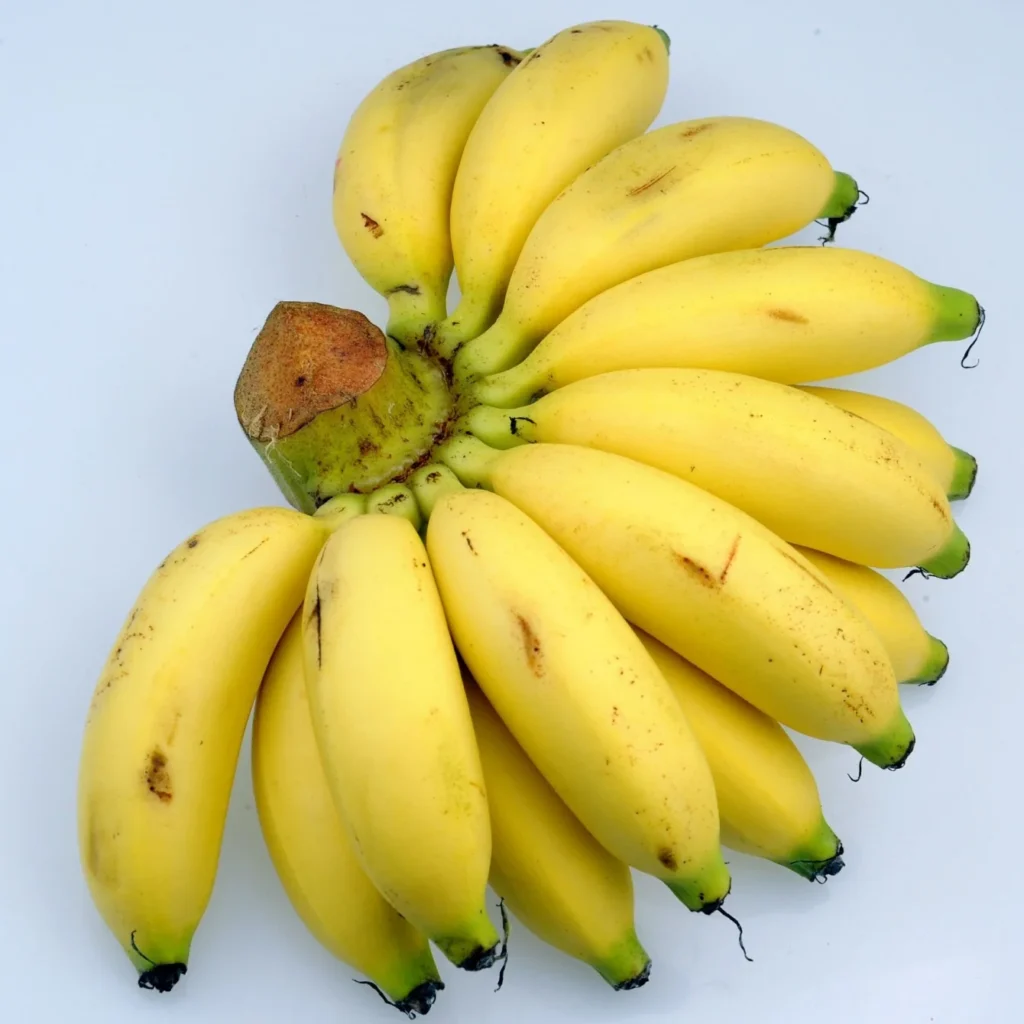
The banana (Musa spp.) is believed to have originated in Southeast Asia, particularly in the region encompassing Malaysia, Indonesia, and the Philippines. From there, it spread through trade routes to Africa, the Caribbean, Central and South America, and the rest of the tropical world.
Today, bananas are cultivated in more than 130 countries, making them one of the most widely grown fruits globally. They are valued not just for their taste and nutrition but also for their role in food security and livelihoods, especially in developing countries. Bananas are rich in essential nutrients like potassium, vitamin C, vitamin B6, dietary fiber, and antioxidants, making them a popular choice for health-conscious consumers.
Which Country Produces the Most Bananas in the World?
According to the latest data from the Food and Agriculture Organization (FAO) of the United Nations and global agricultural trade reports, India is the largest producer of bananas in the world.
India produces approximately 30 million metric tons of bananas annually, which accounts for over 25% of the world’s total banana production. This remarkable figure makes India not only the world’s top banana producer but also a key player in the global fruit market.
Why is India the Leading Banana Producer?
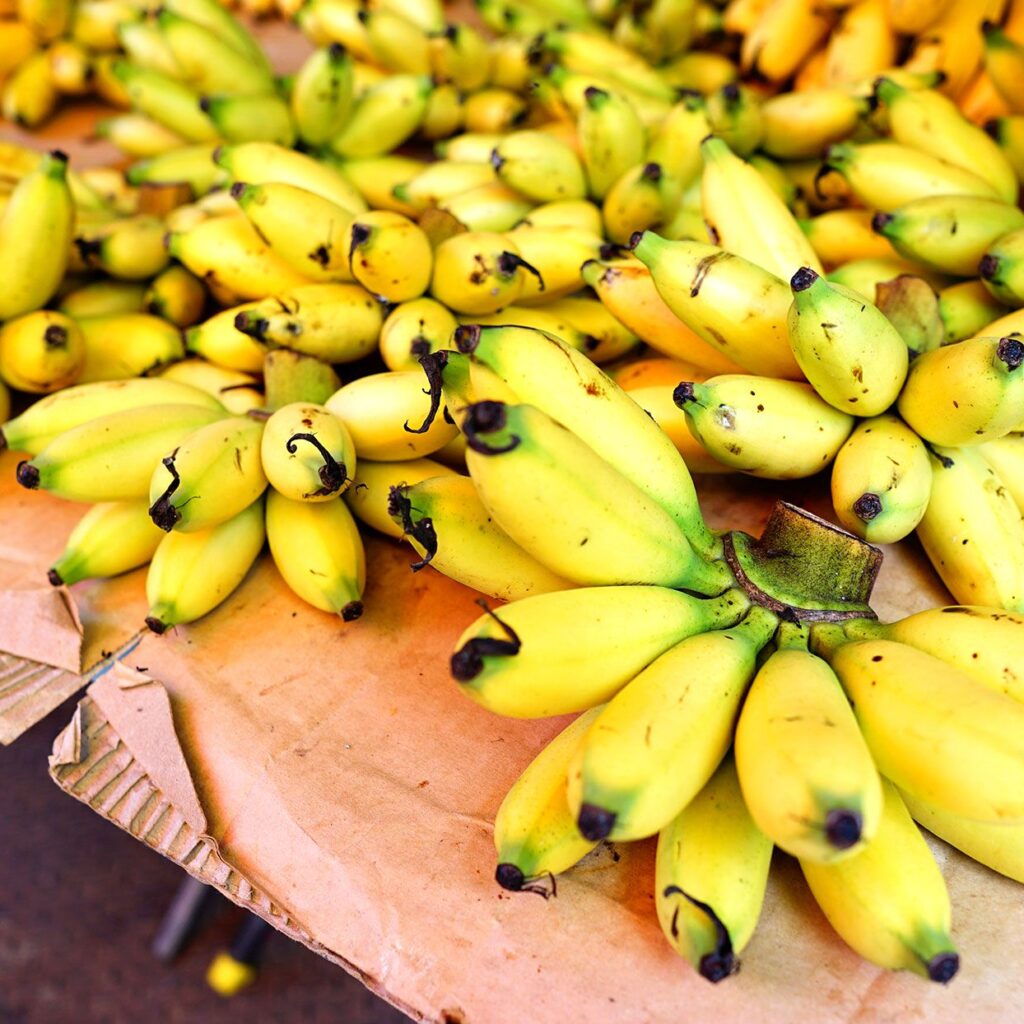
India’s position as the world’s leading banana producer can be attributed to several key factors:
1. Favorable Climate and Geography
Bananas require warm, humid, and frost-free conditions to thrive. India’s tropical and subtropical climate, particularly in states like Tamil Nadu, Maharashtra, Gujarat, Andhra Pradesh, Karnataka, Kerala, and Bihar, provides ideal growing conditions year-round.
2. Large Cultivation Area
India dedicates vast areas of agricultural land to banana cultivation. With over 850,000 hectares under banana plantations, India has significantly more land devoted to banana farming than any other country.
3. High-Yield Varieties
India has successfully developed and adopted high-yield, disease-resistant banana varieties such as Grand Naine (G9), Robusta, Dwarf Cavendish, Poovan, Rasthali, and Nendran. These varieties have improved productivity and are well-suited to different regions across the country.
4. Cultural and Economic Importance
Bananas hold significant cultural, religious, and economic value in India. They are an essential part of traditional rituals, festivals, and offerings in temples. Economically, bananas contribute to rural livelihoods, with millions of farmers and laborers depending on banana cultivation and trade.
5. Year-Round Production
Unlike many seasonal fruits, bananas can be cultivated and harvested throughout the year in India. This ensures a continuous supply to meet both domestic consumption and export demand.
Top Banana-Producing States in India
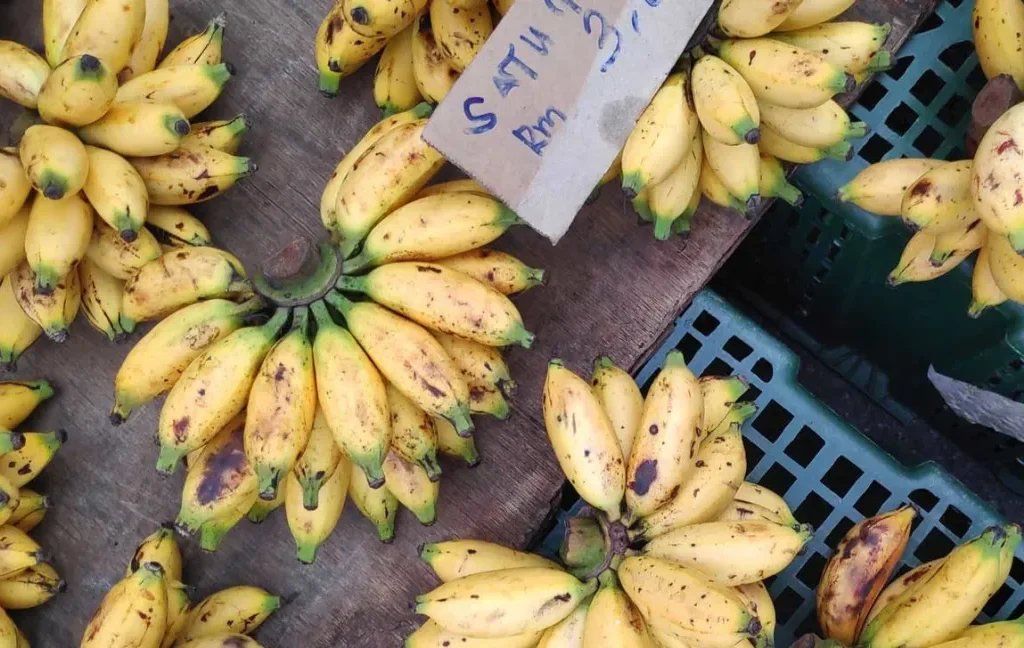
India’s banana production is concentrated in several key states:
| Rank | State | Production (Metric Tons) |
|---|---|---|
| 1 | Tamil Nadu | 5.5 million |
| 2 | Maharashtra | 4.5 million |
| 3 | Gujarat | 4.2 million |
| 4 | Andhra Pradesh | 3.8 million |
| 5 | Karnataka | 2.9 million |
These regions benefit from fertile soils, adequate rainfall, and favorable temperature ranges for banana cultivation.
Other Major Banana Producers Globally
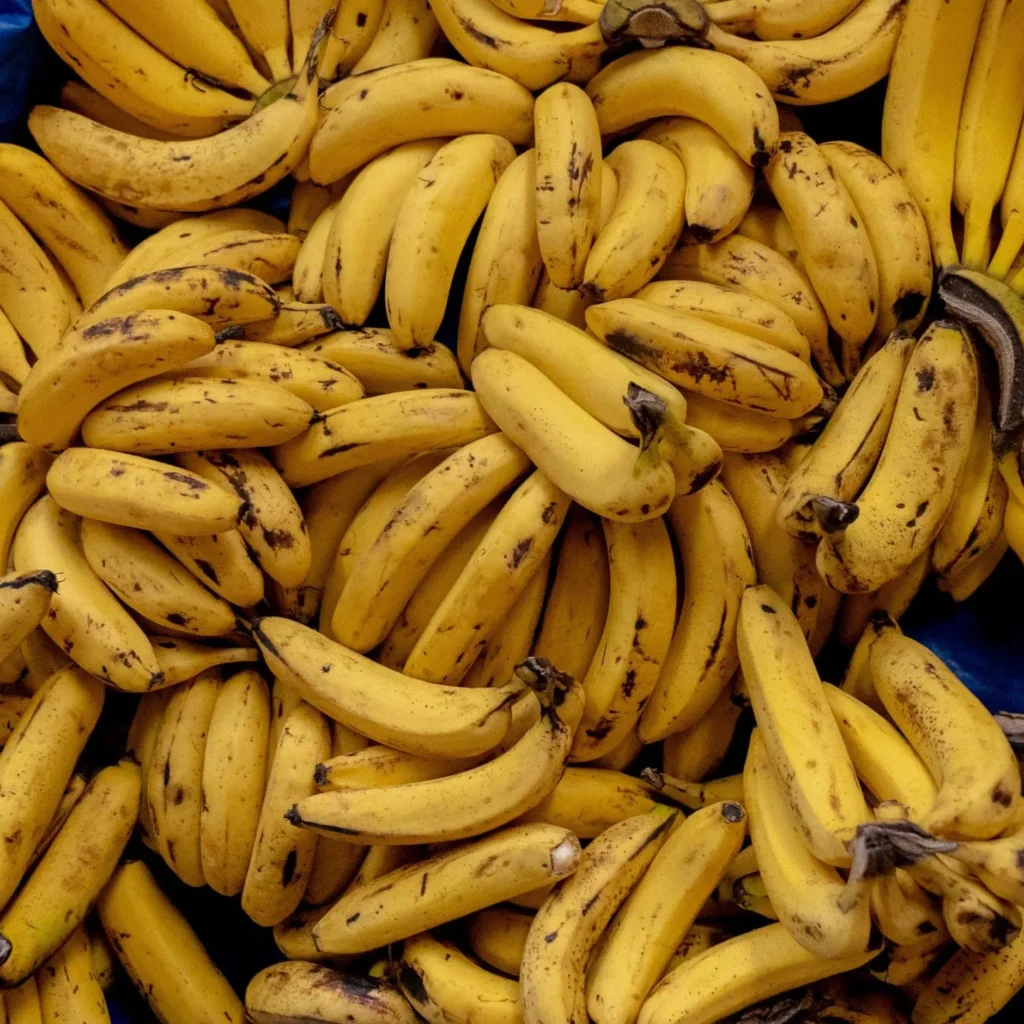
While India tops the list, several other countries also contribute significantly to global banana production:
| Rank | Country | Annual Production (Metric Tons) |
|---|---|---|
| 1 | India | 30 million |
| 2 | China | 12 million |
| 3 | Indonesia | 8.5 million |
| 4 | Philippines | 8 million |
| 5 | Brazil | 6.9 million |
These countries are primarily located in tropical regions, where climatic conditions are most suitable for banana farming.
Types of Bananas Grown in India
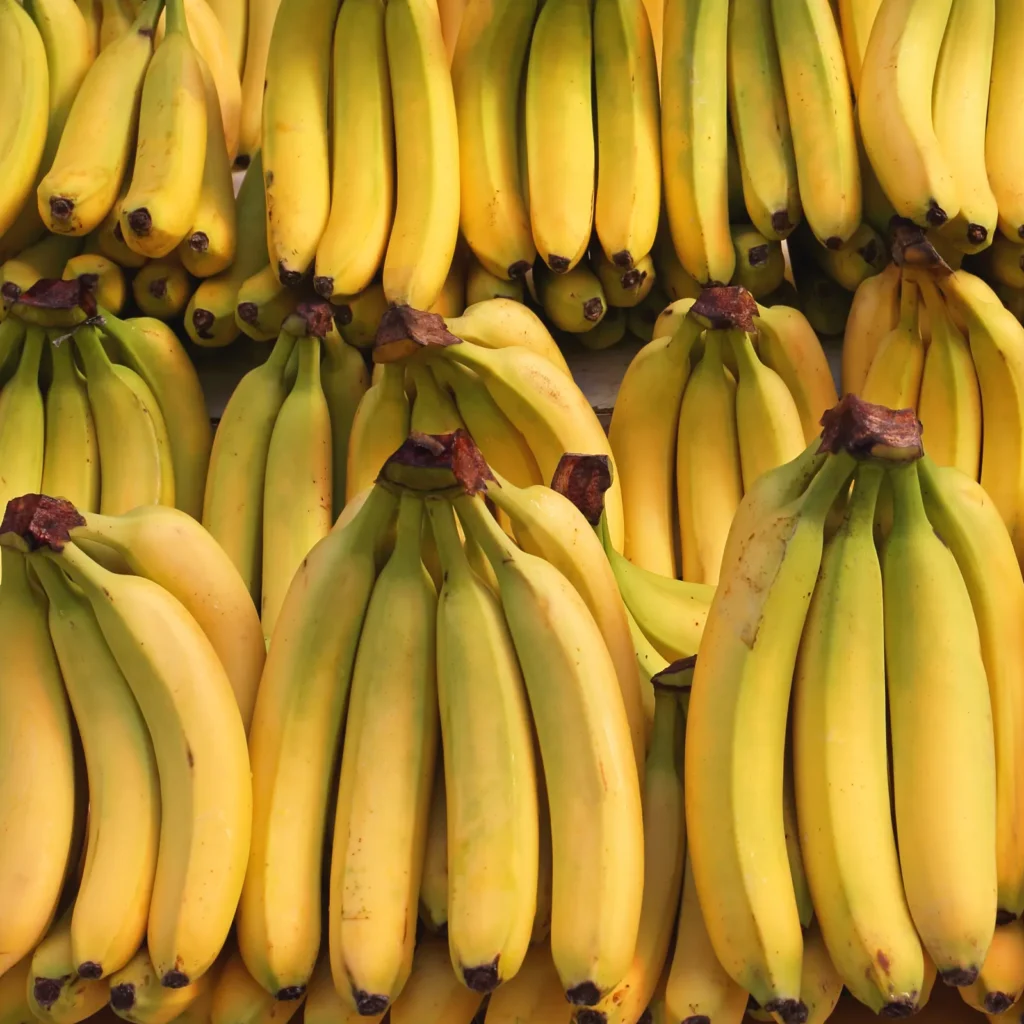
India produces a diverse range of banana varieties to cater to different culinary and commercial demands:
- Grand Naine (G9): The most commercially popular variety, known for its high yield and export quality.
- Robusta: Favored in southern India for its taste and shelf life.
- Poovan: A traditional variety with a unique flavor, used in religious offerings.
- Rasthali: Valued for its sweet aroma and rich taste.
- Nendran: A plantain-type banana used in cooking and famous in Kerala.
Each variety has its distinct size, flavor, texture, and usage, making India’s banana cultivation highly versatile.
Importance of Bananas in Indian Culture and Economy
1. Culinary Uses
Bananas are a staple in the Indian diet. Apart from being eaten fresh, they are used in desserts like payasam, banana chips, and pancakes, and as an ingredient in savory dishes. Banana leaves are also traditionally used as eco-friendly serving plates in South India.
2. Religious and Ceremonial Significance
Bananas and banana plants are symbols of prosperity and fertility in Indian culture. They feature prominently in weddings, religious ceremonies, and festivals like Pongal and Onam.
3. Economic Contribution
Banana cultivation supports the livelihoods of millions of farmers, traders, and laborers in India. It contributes significantly to India’s horticulture sector and provides employment in rural communities.
India’s Role in the Global Banana Market
While India is the largest banana producer globally, most of its bananas are consumed domestically due to the immense internal demand. However, India has recently increased its focus on banana exports, particularly to countries in the Middle East, Maldives, Nepal, and Southeast Asia.
India’s export of bananas has steadily grown in the past decade, supported by improved cold storage, packaging, and transport infrastructure. Popular export varieties include Grand Naine and Robusta, which meet international quality standards for size, color, and shelf life.
Challenges Facing Banana Production
Despite its leadership in banana production, India faces several challenges:
- Pests and Diseases: Bananas are susceptible to threats like Panama disease, Sigatoka leaf spot, and fruit borers.
- Post-Harvest Losses: Inadequate storage and transportation facilities lead to significant post-harvest losses.
- Climate Change: Erratic weather patterns, droughts, and floods affect crop yields.
- Market Fluctuations: Price instability due to supply-demand mismatches impacts farmers’ incomes.
Conclusion
To sum up, India is famous for producing the most bananas in the world, contributing over 30 million metric tons annually — more than a quarter of global production. Thanks to its favorable climate, vast cultivation area, high-yield varieties, and deep-rooted cultural and economic ties to the fruit, India has secured its position as the global leader in banana production.
As global demand for bananas continues to rise, India has the potential to strengthen its position in the international market by addressing challenges like post-harvest management, disease control, and infrastructure development. With strategic investment and sustainable practices, India’s banana industry is poised for even greater growth and recognition on the world stage.
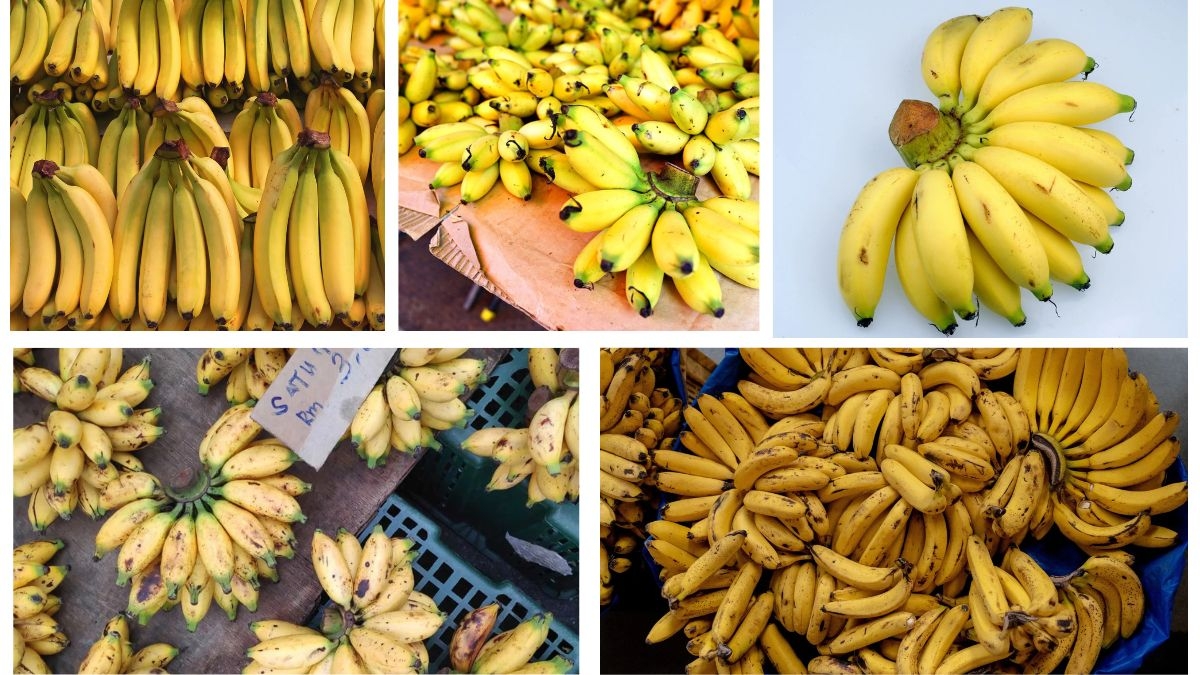



Leave A Comment